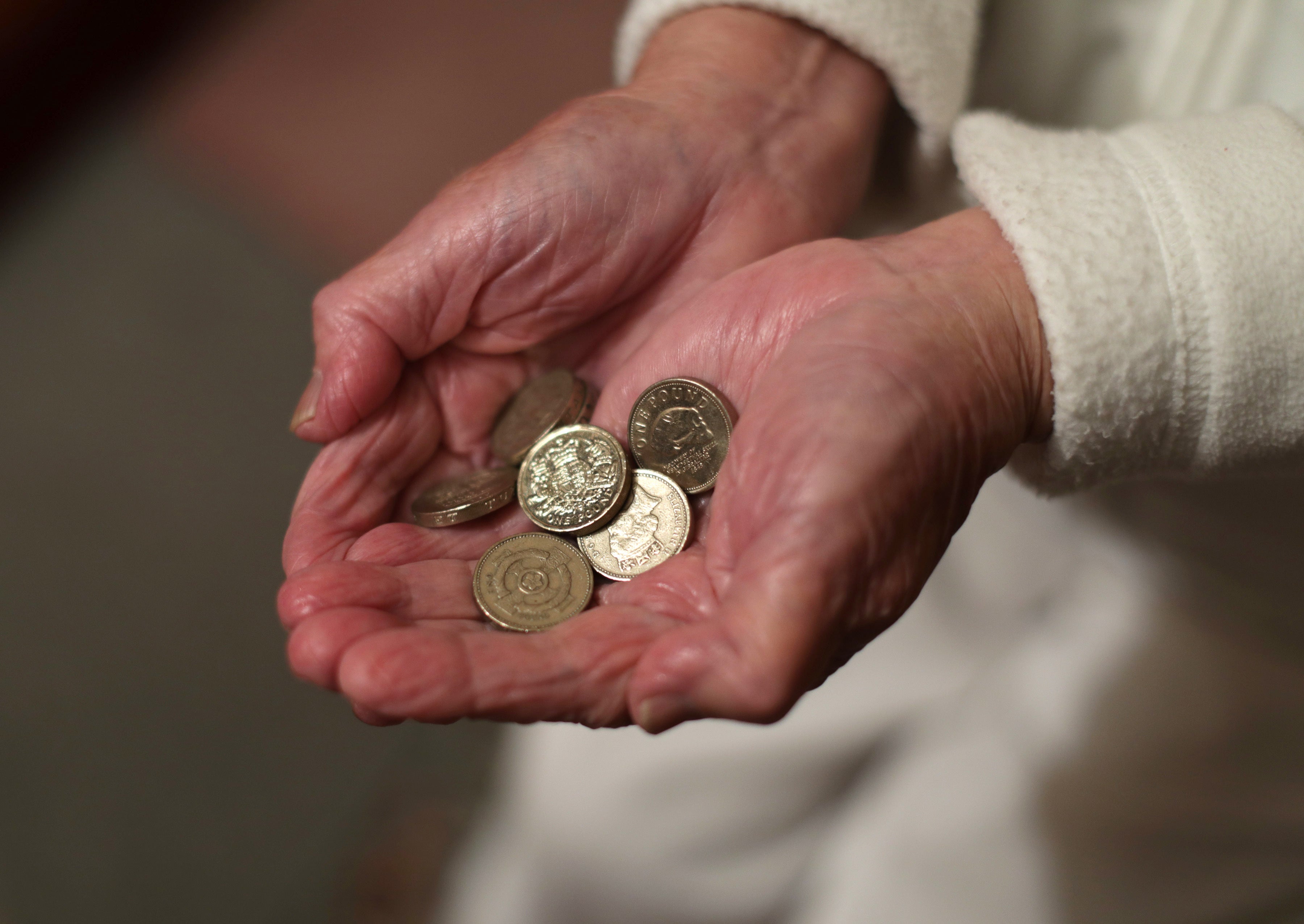Triple lock pensions pledge to cost taxpayer extra £3bn, says OBR
The Office for Budget Responsibility said pensioners could see their payouts rise by as much as 8% from April 2022.

Your support helps us to tell the story
From reproductive rights to climate change to Big Tech, The Independent is on the ground when the story is developing. Whether it's investigating the financials of Elon Musk's pro-Trump PAC or producing our latest documentary, 'The A Word', which shines a light on the American women fighting for reproductive rights, we know how important it is to parse out the facts from the messaging.
At such a critical moment in US history, we need reporters on the ground. Your donation allows us to keep sending journalists to speak to both sides of the story.
The Independent is trusted by Americans across the entire political spectrum. And unlike many other quality news outlets, we choose not to lock Americans out of our reporting and analysis with paywalls. We believe quality journalism should be available to everyone, paid for by those who can afford it.
Your support makes all the difference.The Government could face an extra £3 billion bill from its triple lock pensions pledge as retirees look set to bank a steep rise in the state pension next year, according to the UK’s official forecaster.
The Office for Budget Responsibility (OBR) said pensioners could see their payouts rise by as much as 8% from April 2022 due to the Government’s triple-lock guarantee.
It estimated the increase would add around another £3 billion a year to government spending, on top of what was already budgeted.
The triple lock guarantees that the state pension increases in line with inflation, earnings or 2.5% – whichever is higher.
If earnings growth in the three months to July period that determines triple lock uprating for next April was 8%, as some expect, that would add around £3 billion a year to spending
But unusually strong recent rises in earnings as a result of the pandemic mean the payout is expected to jump – and prove expensive for the Government.
Wage growth has already risen by 5.6% in the three months to April, according to the latest official figures.
That is a lot more than the 4.6% forecast in March by the OBR and it said earnings growth is “almost certain to rise further” before the next state pension increase is calculated, with many experts predicting wage growth will hit 8%.
“So, if earnings growth in the three months to July period that determines triple lock uprating for next April was 8%, as some expect, that would add around £3 billion a year to spending,” the OBR said.
The Government has dismissed speculation that it may look to sidestep the triple lock guarantee, insisting in recent weeks that it is “fully committed” to the Conservative Party manifesto promise.
But it comes as a result of artificially high earnings growth, with pay comparing with a year ago when wages were depressed with many people being furloughed, while many jobs axed in the pandemic have also been lower-paid roles.
There is still significant uncertainty around the trajectory of average earnings and whether there will be a spike as has been forecasted
While it may be bad news for the Government, whose spending is already under pressure after enormous support measures offered during the pandemic, it will come as welcome news for Britain’s state pensioners, who receive up to £179.60 a week at present.
The Prime Minister’s official spokesman said last month: “There is still significant uncertainty around the trajectory of average earnings and whether there will be a spike as has been forecasted.
“Our focus is to ensure fairness both for pensioners and taxpayers.”